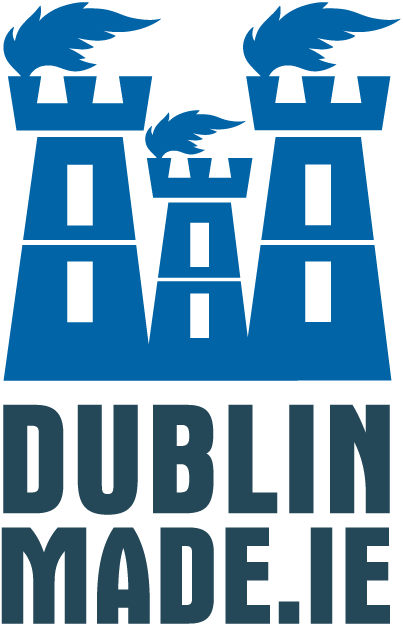In the 1950s French aviation company Fouga came to the conclusion that the market urgently needed a light jet trainer. After a period of design and testing the CM-170 first flew in 23 July 1952.
While designed with the main purpose of providing flight training of air force pilots it also a had a light attack / defence role. The aircraft had an elegant design and the layout involved engines on the sides of the fuselage with a tandem crew location. It was an all-metal plane with a mid-wing, and a distinctive ‘butterfly’ or V-shaped tail wing.
The powerful Marbor II turbojet engines were manufactured Turbomeca now known as Safran Helicopter Engines. They had a thrust of 400 kgf each which gave the aircraft a top speed of 725 km / h. The Fouga Magister had a range of 1400 km and a flight ceiling of 12 000 m.
The cockpit had an air conditioning system and there was also an individual oxygen supply. It was said the cockpit was very comfortable, and the view from the front “was just great”. The planes were equipped with a radio compass, radio navigation system and the friend-foe recognition system. The crew seats were not fitted with ejector systems.
The first production order for the Fouga Magister was received on 13 January 1954 and it became the first mass produced jet training aircraft. Export orders for the jet were received, which included arrangements to produce it under license in West Germany, Finland, Israel and the USA.
The Irish Air Corps operated six Fouga Magisters from 1975 to 1999. They were bought to replace the six aging De Havilland Vampire T.55s of No.1 Fighter Squadron. Four of the jets were second-hand from the Austrian Air Force and the two remaining aircraft were originally intended for the Katangese Air Force, but were seized while being shipped during the Congo Crisis and never made it to Katanga. All aircraft were refurbished to “as-new” condition before entering Air Corps service.
Four of the Fouga Magisters became the Irish Air Corp’s display aerobatics team, the Silver Swallows. The Silver Swallows were famous internationally for winning the Lockheed Martin Cannestra trophy for ‘best display by an overseas team’ at the Royal International Air Tattoo at Fairford in 1997.
The Irish Air Corp planes were used in the light tactical attack aircraft role and were equipped with two 7,5 or 7,62-mm machine guns, which were located in the nose of the fuselage. Both pilots had gyroscopic sights, while the rear pilot also had a periscope sight. The aircraft had two underwing assemblies on which two free-falling bombs weighing 50 kg or air-to-surface missiles could be installed.
When decommissioned in 1999 the Fouga Magister was put on display at Irish Air Corp museum at Baldonnel and later at Museum of Ireland Collins Barracks in Dublin. In December 2021 it was moved to a new display at the Shannon Aviation Museum in Co. Clare, Ireland.
In total, more than 1,000 SM.170 Magister aircraft of various modifications were built.
Sources of information: 1. Flyingireland.com 2. Fougamagistercm170.com 3. Fsll2 / Flicker 4. Gliderireland.net 5. Qrz.com/ 6. Shannon Aviation Museum Facebook 7. U.S. National Archives and Records Administration 8. Waynefitzgerald.me
Feel free to share on social media.
This post is copyrighted© to Ireland Made® Not to be copied or reproduced without permission.


